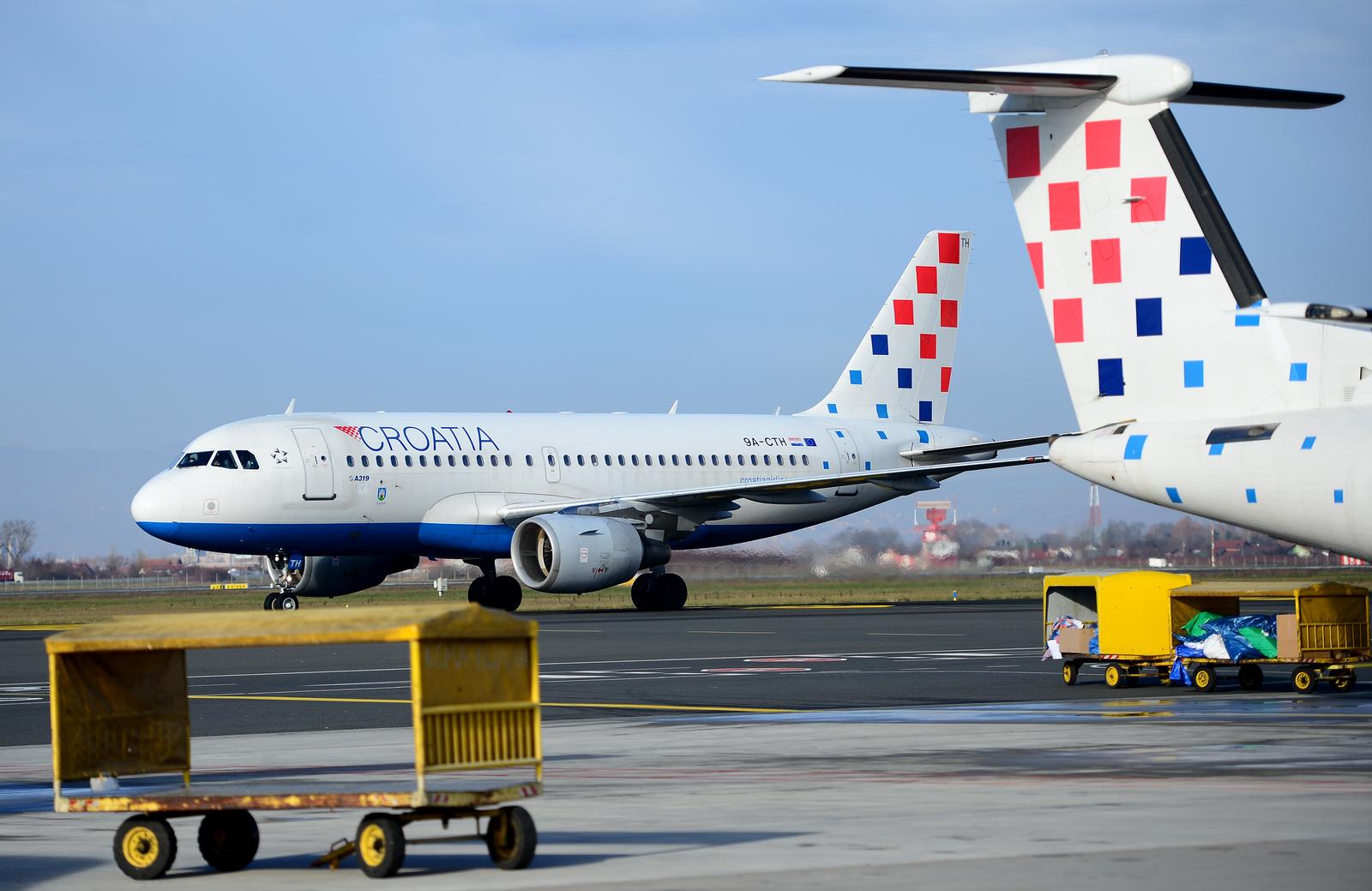
Croatian airports are ready for applying Schengen rules as of today and since this is also the start of the summer flight schedule, they have announced increases in turnover and surpassing the results achieved in the record year 2019.
The application of the Schengen regime means the free flow of passengers from the Schengen Area without passport checks. Many international flights become domestic flights and at most Croatian airports the ratio will be 70:30 in favour of domestic flights.
Croatia's biggest airport in Zagreb invested €1 million to adjust to the Schengen regime. Today, on the first day of the new regime, it expects 53 inbound flights, including ten from outside the Schengen Area, and 55 outbound flights, including 44 within the Schengen Area.
During this year's summer flight schedule, Zagreb will be directly connected with 58 destinations and expects 3.8 million passengers by year's end.
The second largest airport, Split, expects 23 commercial flights today, including 19 from the Schengen Area with 4,000 to 5,000 passengers.
During the summer flight schedule, Split Airport expects about 13,500 flights by 52 carriers which will connect the seaport with 89 destinations. About 3.3 million passengers are expected this year, as many as in 2019.
Croatia's southernmost airport, Dubrovnik, is preparing to introduce the entry/exit system this year. Today it will have 21 regular flights with 6,600 passengers, including 16 flights within the Schengen Area.
During the summer flight schedule, from 26 March to 28 October, some 50 airlines will connect Dubrovnik with over 75 destinations in Western and Central Europe. In the first week of the Schengen regime, Dubrovnik will have direct flights to and from the most important international hubs in Europe as well as direct United Airlines flights to New York and Flydubai flights to Dubai.
Compared with last year, this year Dubrovnik Airport expects a 20% increase in passenger turnover and a 15% increase in operations. In the record year 2019, the airport logged 2.89 million passengers and expects to log 90% of that number this year.
Zadar Airport invested €2.2 million to prepare for Schengen. During the peak of the summer season, it operates between 100 and 150 flights daily. Today, it expects 24 flights, including non-Schengen passengers from Dublin.
During the summer flight schedule, Zadar Airport will operate 70 routes and have several new airlines along with its biggest partner, Ryanair, which offers 47 routes during the summer. Zadar Airport expects a 5% turnover increase in relation to last year, when it logged over a million passengers for the first time and was the first Croatian airport to surpass its pre-pandemic turnover.
Rijeka Airport will be connected with 15 international and three domestic destinations during the summer in cooperation with 10 partner airlines.
Pula Airport will be connected with 27 destinations in 13 countries this year, with 13 airlines operating in international transport. This year it does not expect to generate its 2019 turnover.
Osijek Airport will be connected with eight destinations during the summer flight schedule, including six domestic destinations.
Croatia's smallest and only island airport, Brač, expects an increase in the number of passengers this year as well as to surpass the results logged in 2019. Its schedule this year is based on Wednesdays and Saturdays with flights to Zagreb, Linz, Graz, Bern, Munich, Bolzano, Košice and Bratislava.
Kakvo je tvoje mišljenje o ovome?
Pridruži se raspravi ili pročitaj komentare



 Srbija
Srbija
 Bosna i Hercegovina
Bosna i Hercegovina
 Slovenija
Slovenija







